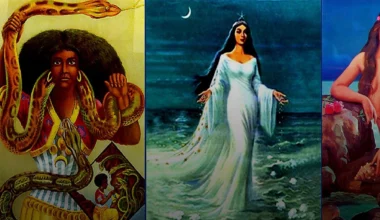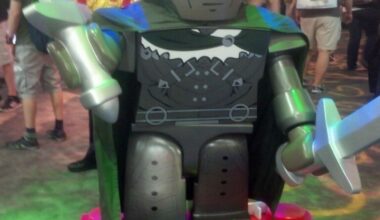Mythological characters have long served as the bedrock of storytelling, representing ideals, virtues, and the eternal battle between good and evil. Traditionally portrayed as either heroic or villainous archetypes, these figures have undergone significant transformation in modern media. Today, characters like Hercules, Loki, and Anansi are reimagined as complex, multifaceted beings, embodying the shift from clear-cut heroes to morally ambiguous anti-heroes. This evolution reflects our growing appreciation for diverse and relatable narratives.
Hercules: From Ideal Hero to Tragic Anti-Hero
Hercules, the legendary hero of Greek mythology, was originally celebrated for his immense strength and heroic deeds, such as completing the Twelve Labors. In these ancient tales, Hercules embodied the virtues of courage, resilience, and honor, overcoming supernatural challenges that set him apart as the quintessential hero.
However, modern portrayals have delved deeper into the darker aspects of his character. In graphic novels like Hercules: The Thracian Wars and the game God of War, Hercules is depicted as a tormented figure, grappling with the consequences of his past actions and the burden of his own flaws. He is no longer just the invincible hero but a man struggling with guilt, loss, and rage. These reinterpretations reveal a more nuanced Hercules, highlighting his human vulnerability and making him a more relatable and tragic figure.
Loki: The Trickster God Turned Complex Anti-Hero
Loki, the Norse god of mischief, was traditionally depicted as a malevolent trickster, causing chaos and sowing discord among gods and mortals alike. In the original Norse myths, Loki’s actions were often selfish and destructive, positioning him firmly as a villainous figure.
In contrast, modern adaptations, particularly in the Marvel Cinematic Universe, have reimagined Loki as a complex anti-hero. Rather than a one-dimensional villain, Loki is portrayed as a multifaceted character driven by conflicting desires for acceptance, power, and identity. His internal struggles and vulnerability allow audiences to empathize with him, despite his often morally dubious actions. This nuanced depiction reflects a cultural shift towards embracing characters who exist in the gray areas of morality, rather than being confined to traditional binaries of good and evil.
Anansi: The Trickster as a Symbol of Resistance
Anansi, the spider god from West African and Caribbean folklore, has always been a trickster, using his wit and cunning to outsmart those more powerful than himself. In traditional stories, Anansi’s actions are often morally ambiguous, serving to entertain and teach lessons about the complexities of life and power dynamics.
In contemporary retellings, such as Neil Gaiman’s American Gods and the animated series Anansi Boys, Anansi is not just a mischievous figure but also a symbol of resilience and subversion against oppression. These narratives emphasize Anansi’s role as both a hero and an anti-hero, challenging unjust systems and using his intelligence to navigate a world stacked against him. This evolution highlights the duality of Anansi’s character and his relevance in discussions about resistance and survival.
The Rise of the Anti-Hero in Modern Storytelling
The transformation of these mythological characters from traditional heroes to anti-heroes mirrors broader changes in our understanding of human nature and storytelling. As society becomes more aware of the complexities and contradictions inherent in human experience, there is a growing appetite for characters that embody both light and darkness.
These modern interpretations allow us to explore themes of redemption, identity, and moral ambiguity, making ancient myths resonate with contemporary audiences. By embracing the full spectrum of human nature—from heroism to fallibility—reimagined mythological figures like Hercules, Loki, and Anansi continue to captivate and inspire, demonstrating the timeless nature of their stories.
Conclusion: The Timeless Relevance of Mythological Figures
The evolution of mythological characters from heroes to anti-heroes not only enriches our understanding of these ancient figures but also challenges us to see the complexities within ourselves and the world around us. As these stories are retold and reinterpreted, they remain powerful tools for exploring the human condition, proving that mythology, in all its forms, continues to be a vital part of our cultural narrative.





